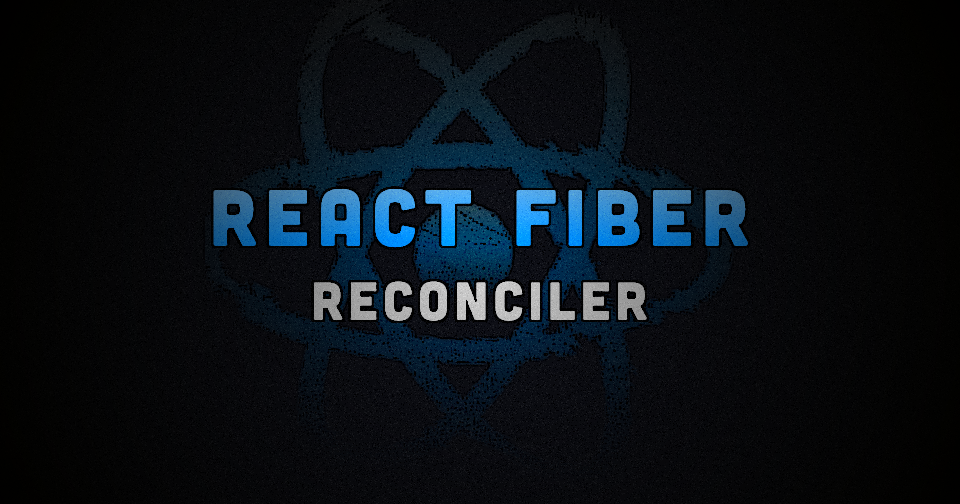Mastering React Fiber: The Backbone of Efficient UI Rendering(V6 of react.js series)
 Prateek
Prateek
Understanding React Fiber: The Heart of React's Efficiency
When I first started diving into React, one of the concepts that really caught my attention was React Fiber. If you've been working with React, you might have heard about how Fiber is a ground-up rewrite or a new version of the reconciler, but what does that really mean? Let me break it down.
The Magic Behind createRoot
At the core of React's rendering process is createRoot. When you use it, React builds a DOM-like structure behind the scenes. But instead of simply replacing the old DOM with the new one whenever there's a change, React takes a smarter approach.
React compares the original DOM with the newly created structure and updates only the parts that have changed. This is different from how a browser normally works. In a typical page reload, the browser would remove the old DOM and repaint everything, leading to unnecessary performance hits.
Imagine a scenario where you have an element that's dependent on network data, like a button. You update this button, but then another update comes from the network, followed by yet another. Without any optimization, React would process each of these updates in sequence, potentially causing unnecessary work. But what if you could skip the intermediate updates and only apply the final one? That’s exactly what React developers envisioned, and they set out to build an algorithm that could do just that.
Enter React Fiber
React Fiber is the next step in the evolution of React’s core algorithm. It’s the result of over two years of research by the React team and was designed to make React more efficient in handling UI updates, especially in areas like animations, layout, and gestures.
One of the key goals of Fiber is to enable React to pause, abort, or reuse work. It also allows developers to assign priorities to different types of updates. This makes React not just faster but smarter in how it handles changes in your application.
For example, consider a button in HTML that doesn’t do anything when clicked—until you add JavaScript. This process of adding javaScript to the button or interactivity is known as hydration. React Fiber optimizes such processes, making them smoother and more efficient.
The Power of Reconciliation
At the heart of React Fiber is an algorithm called reconciliation. This is what allows React to differentiate between the old DOM tree and the new one created by createRoot. The goal of reconciliation is simple: update only the parts of the UI that need to change, leaving the rest intact. This is the magic behind what many people refer to as the “virtual DOM.”
To put it simply, reconciliation is the reason React apps are so efficient. Instead of repainting the entire app when something changes, React finds the differences between the new tree and the old one, and only updates the necessary parts.
Key Takeaways
Even though Fiber is a new version of the reconciler, there are some crucial points to understand:
Component Types: Different component types generate different trees. React doesn’t try to compare them—it simply replaces the old tree with the new one.
Diffing Lists: React uses keys to identify items in a list. These keys need to be stable, predictable, and unique.
\********************************************************************
These capabilities make React incredibly efficient, especially in complex applications where performance is critical.
Subscribe to my newsletter
Read articles from Prateek directly inside your inbox. Subscribe to the newsletter, and don't miss out.
Written by
